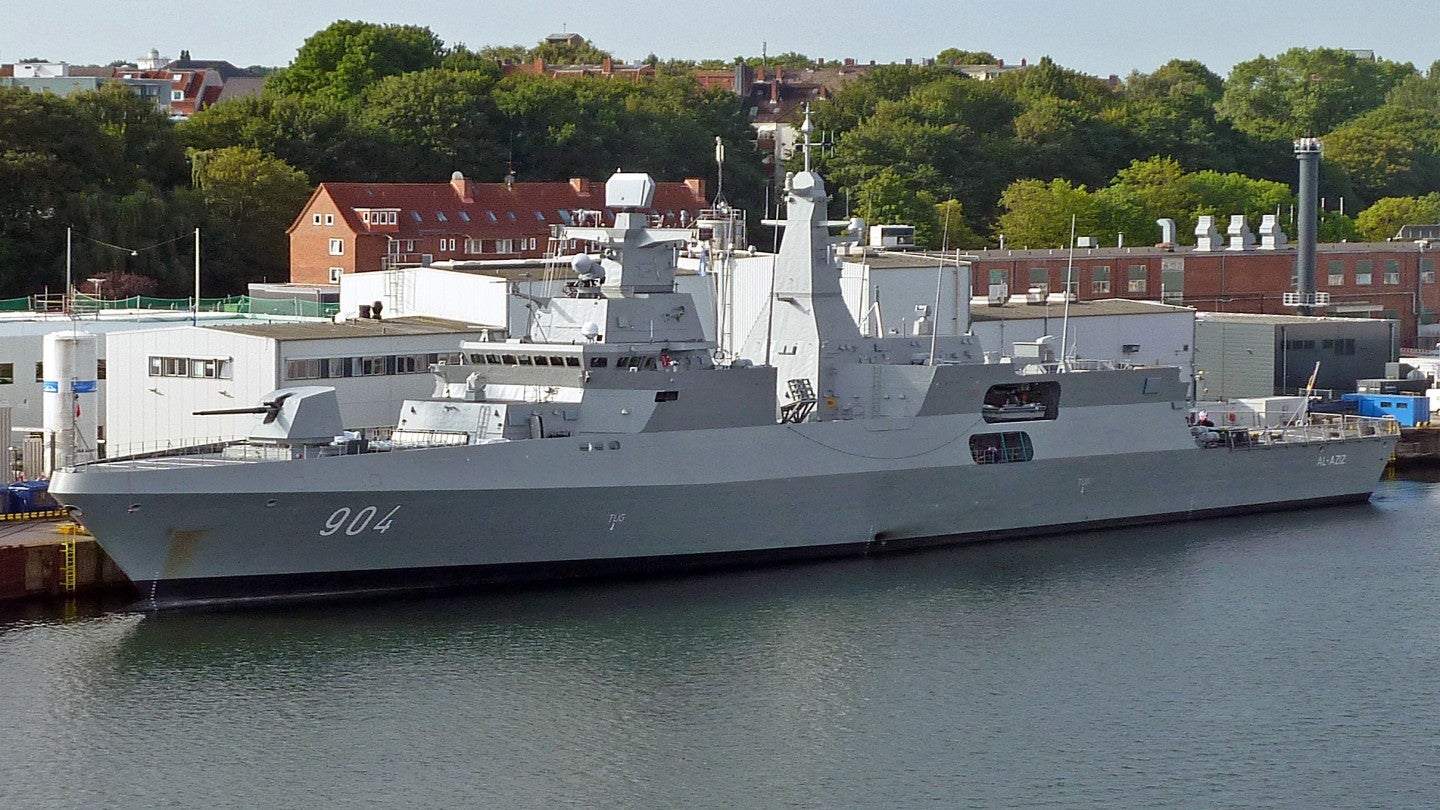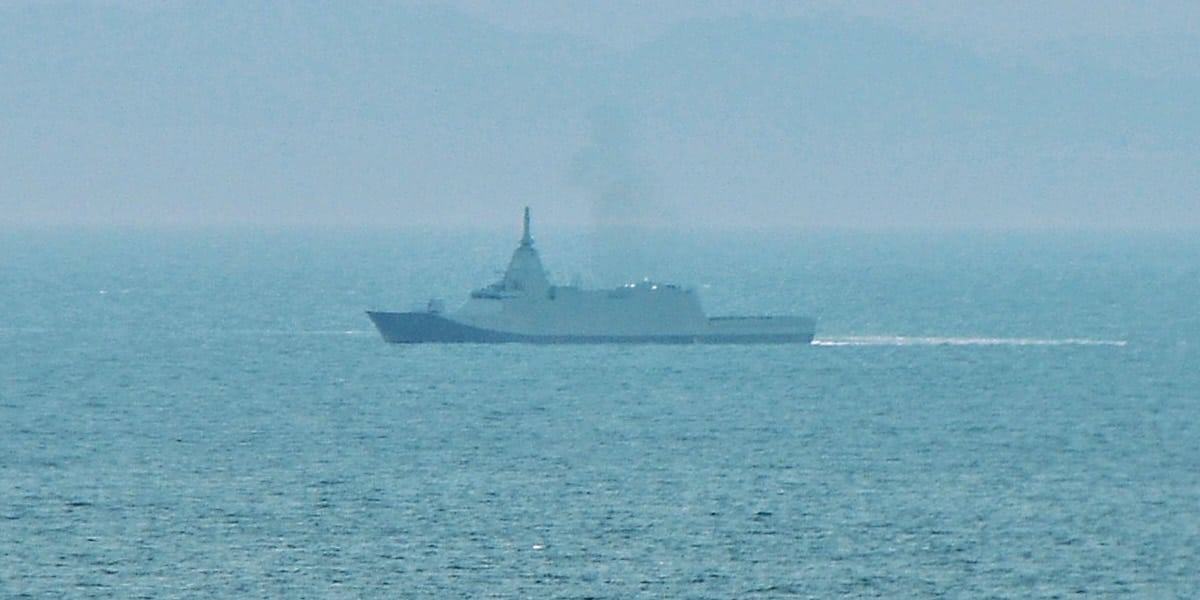Enough time to determine the viability of LOSVs with Hobart replacement planning late 2020s and build beginning mid 2030s?
-Not even the United States will be able to determine LOSVs full capability by decades end.
Type 83 makes more sense as the tier 1 Hobart replacement, larger mast, very large missile load with mission bay still available, space for DEWs/system, space for ‘growth’ VLS and integration of hypersonics, min 1 LOSV as a picket ship but multiple possible.
Probably can’t fit all of these capabilities on a Hunter hull.
I get your point, but I was thinking more based off the American program. Their budget forecasts having about half a dozen first generation LOSVs before 2030. These are not prototypes, but in service craft (so actual missile carrying vessels attached to destroyers or frigates). Admittedly this program has been delayed by about 2 years from first ship in 2025 to now 2027.
Vanguard, the latest of the prototypes went into service in about May, and from what I have read there is a further two prototypes for release in 2025. It's attached to fleet units for more rigourous testing, hopefully some of this might be made public next year.
I would have thought there should be sufficient information over the next couple of years to assess the viability of the unmanned craft. I should note key enablers, such as remote firing, containerised VLS and basic autonomous navigation are already functional concepts.
That aside, even if it remains as a staffed vessel, I think it still stacks up as a cheaper, more flexible and more survivable strategy.
In regards to the T83. I honestly can't see the UK being able to afford an entirely new hull design. I would view it being a modified T45 or T26 at best. It might get a larger propulsion pack (say for a T26 a second turbine), and a larger generation capacity for future electrical weapons.
I would also view the Brits would likely extend the existing T45s for another 10 years, as they are getting some expensive upgrades through to about 2032. This means they would also delay any design work on a replacement and it would unlikely align with when we need to commence work.
So we would pick a Japanese design, perhaps the American DDX, or stick with our own platforms and evolve them for our Hobarts. Maybe they might get extended into the 2040s as well.







